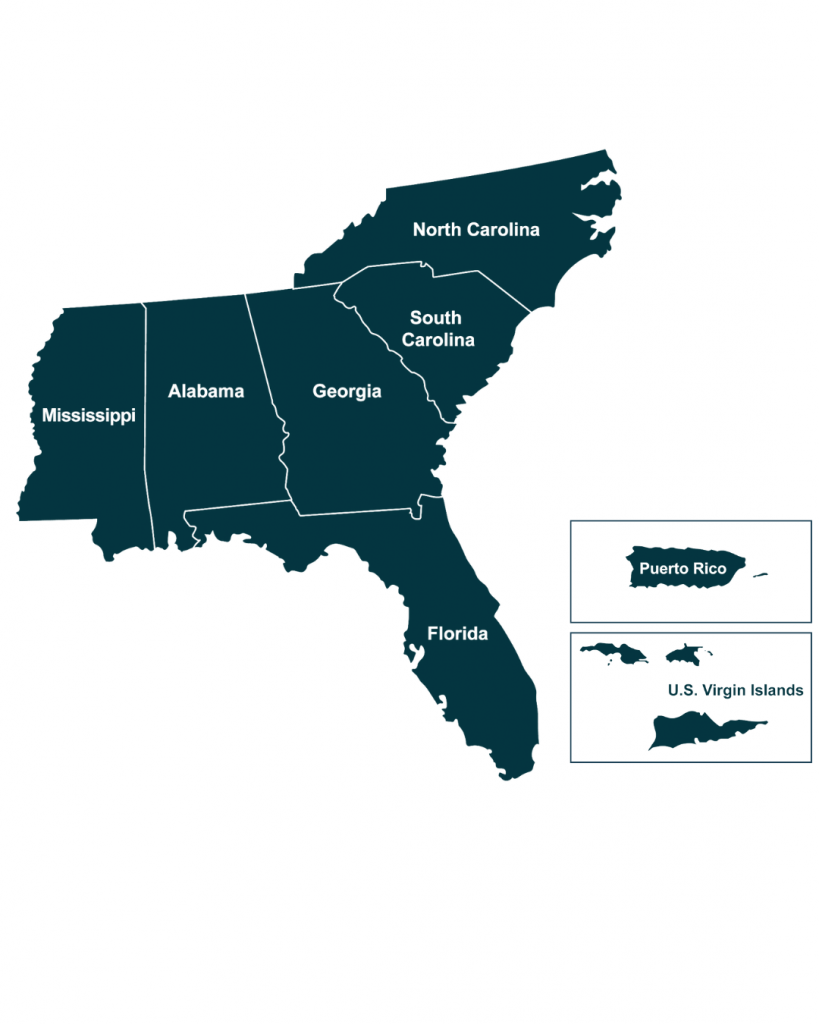Project Summary
Although agriculture represents a key industry in Florida, little recent information is available on the potential exposure of workers to various herbicides and pesticides that are needed to grow commercial food crops. We propose to develop estimates of the potential site-specific environmental exposures that should be expected, based on geographic extents of specific crops, daily local temperature, and precipitation regimes when ‘best practices’ are applied to the use of important pesticides and herbicides.
This study used historical (2009) data on state-wide pesticide applications for initial comparisons with the model that uses weather patterns during the growing seasons. Historical distributions of selected crops and temperature regimes were established using high and moderate resolution remotely sensed (RS) imagery and classification algorithms to identify the locations and extents of various crops. Time-series analyses of the RS imagery were used to establish the relationship between modeled phenology and spatial texture and patterns in croplands. This study also used 12 University of Florida agricultural research sites located throughout the state to confirm calibration both of the crop type signatures and the timing and impacts of herbicide/pesticide applications on resulting remotely sensed imagery.




